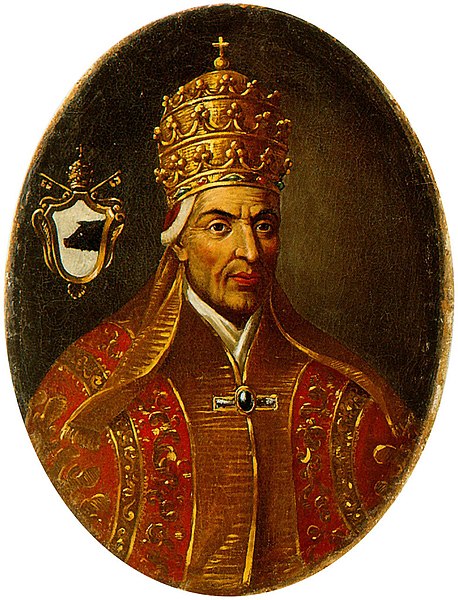The 1061 papal election was held on 30 September 1061 in San Pietro in Vincoli in Rome, following the death of Pope Nicholas II. In accordance with Nicholas II's bull, In Nomine Domini, the cardinal bishops were the sole electors of the pope for the first time in the history of the Roman Catholic Church. Bishop Anselmo de Baggio of Lucca, a non-cardinal and one of the founders of the Pataria, was elected Pope Alexander II and crowned at nightfall on 1 October 1061 in San Pietro in Vincoli Basilica because opposition to the election made a coronation in St. Peter's Basilica impossible.
1061 papal election
External brick walls of the apse of San Pietro in Vincoli. This is one of the oldest parts of the church and would have looked similar in the 11th century to how it looks today.
Pope Alexander II, born Anselm of Baggio, was the head of the Roman Catholic Church and ruler of the Papal States from 1061 to his death in 1073. Born in Milan, Anselm was deeply involved in the Pataria reform movement. Elected according to the terms of his predecessor's bull, In nomine Domini, Anselm's was the first election by the cardinals without the participation of the people and minor clergy of Rome. He also authorized the Norman Conquest of England in 1066.
Statue of Alexander II, Saint-Eustache Church, Paris
The Bayeux Tapestry: William the Conqueror holds a papal gonfalon with a golden cross, a gift from Pope Alexander II.




